Optimization Strategies for Tomato Paste Production Line Processes
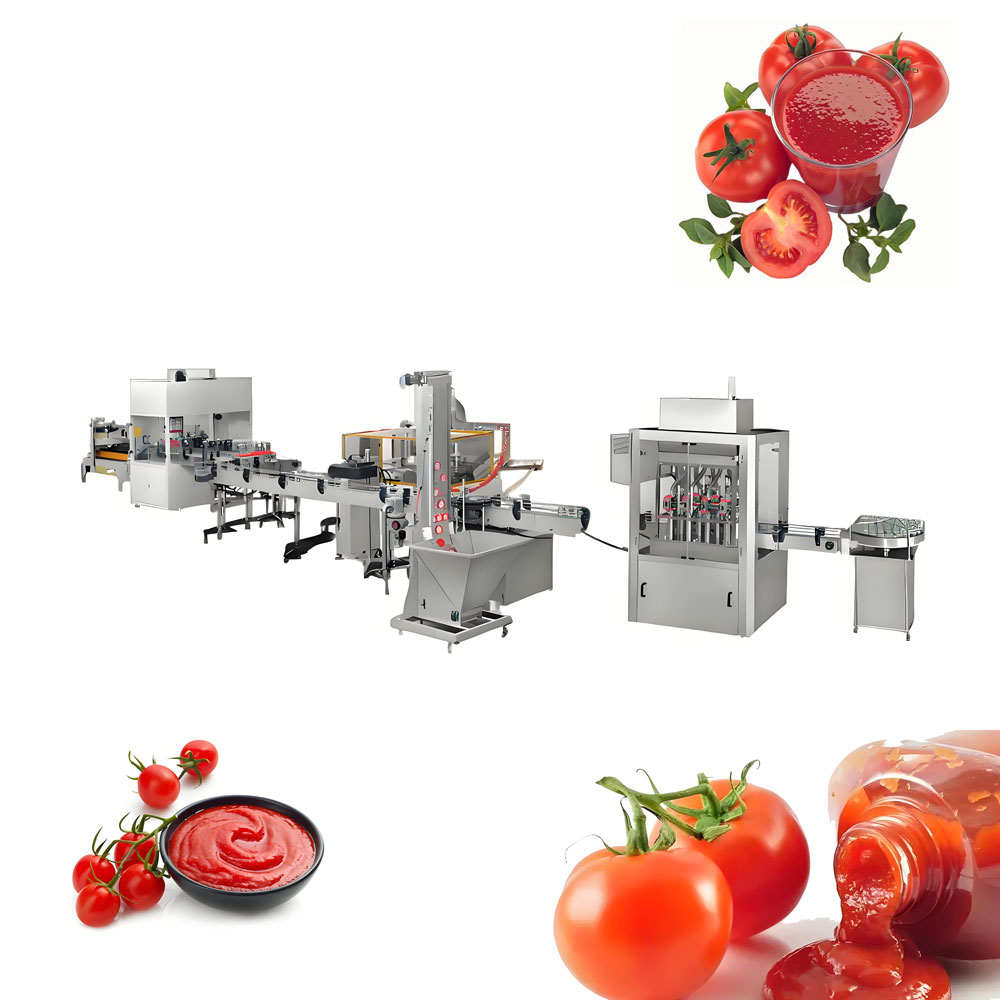
The production of tomato paste is a complex and resource-intensive process, involving multiple stages that must be carefully managed to maintain product quality while minimizing costs and waste. In an industry where efficiency and quality are paramount, optimizing production line processes can provide significant competitive advantages. By implementing the right strategies, manufacturers can streamline their production lines, reduce production cycles, conserve resources, and improve the final product's quality.
This article outlines various optimization strategies for tomato paste production processes, emphasizing how manufacturers can optimize equipment, reduce production time, and increase overall efficiency. Through a combination of automation, improved equipment technology, process layout adjustments, and preventive maintenance, companies can meet the growing demand for high-quality tomato paste while minimizing operational costs.
1. Overview of the Tomato Paste Production Process
Before exploring optimization strategies, it’s important to understand the basic stages involved in tomato paste production. Typically, the process follows these steps:
Sorting and Washing: Fresh tomatoes are sorted to remove damaged or spoiled ones, followed by thorough washing to eliminate dirt and debris.
Crushing: The tomatoes are crushed to produce a raw pulp.
Heating and Peeling: The pulp is heated to loosen the skins, which are then separated.
Refining: The pulp is refined to remove seeds and any remaining skins.
Concentration: The refined pulp is concentrated by removing excess water.
Pasteurization and Sterilization: The concentrated tomato paste is sterilized to ensure it is free of harmful bacteria.
Packaging: Finally, the tomato paste is packed into cans or other containers for distribution.
Each stage of this process presents opportunities for optimization, particularly through the use of advanced equipment and automation.
2. Automation in Sorting and Washing
Challenges: In traditional production lines, sorting and washing tomatoes is a labor-intensive process. This reliance on manual labor can lead to inconsistencies in the quality of sorted tomatoes, increased labor costs, and a higher risk of contamination.
Optimization Solution:
Automated Sorting Systems: Automated sorting machines use advanced optical technology to detect defects in tomatoes, ensuring that only high-quality produce enters the production line. By eliminating the need for manual sorting, these systems improve the consistency of the final product and significantly reduce labor costs.
High-Efficiency Washing Systems: Automated washing machines, equipped with water filtration systems and high-pressure sprayers, can clean large volumes of tomatoes more thoroughly and consistently than manual washing. Automated washing not only reduces water usage but also minimizes the risk of contamination, which is crucial for food safety.
By automating these initial stages, manufacturers can achieve more consistent product quality and reduce the time required for manual sorting and washing.
3. Enhancing the Efficiency of the Concentration Process
Challenges: The concentration stage, where water is removed from the tomato pulp to create a dense paste, is often the most time-consuming and energy-intensive part of tomato paste production. Traditional concentration methods rely on prolonged heating, which can lead to high energy costs and degradation of the tomato's natural color and flavor.
Optimization Solution:
Multi-Effect Evaporators: A multi-effect evaporator system uses steam generated in one effect to heat subsequent stages of evaporation. This reduces overall energy consumption while maintaining the quality of the product. Multi-effect evaporators are highly efficient in concentrating the tomato pulp, making them an essential component of any optimized production line.
Vacuum Evaporators: Vacuum evaporators operate under lower pressures, allowing water to evaporate at lower temperatures. This not only preserves the natural flavors and colors of the tomatoes but also speeds up the concentration process. Vacuum evaporation is particularly useful for high-quality tomato paste where maintaining the nutritional content and color is essential.
These advanced concentration technologies can cut down energy usage while maintaining the high standards required for quality tomato paste.
4. Streamlining Production Line Layout
Challenges: An inefficient production line layout can create bottlenecks, leading to increased transit times between processes and unnecessary handling of materials. Poorly designed layouts can reduce productivity and increase the risk of contamination as materials move between stations.
Optimization Solution:
Compact Layout Design: A well-designed production line minimizes the distance between each stage of the process, reducing the time spent moving materials from one stage to the next. By arranging machines and workstations in close proximity, manufacturers can cut down on idle time and improve workflow efficiency.
Automated Conveyor Systems: Integrating automated conveyors into the production line can ensure a steady and continuous flow of materials from one stage to the next, eliminating the need for manual handling and reducing the risk of contamination.
By optimizing the layout of the production line, manufacturers can ensure that each stage of the process is as efficient as possible, with minimal downtime and material handling.
5. Improving the Seasoning and Additive Process
Challenges: The seasoning and additive process is critical for ensuring the flavor and consistency of the final product. However, relying on manual measurement and mixing of ingredients can lead to variations in product quality, which affects both taste and consistency.
Optimization Solution:
Automated Dosing Systems: Automated dosing systems can accurately measure and dispense ingredients such as sugar, salt, and preservatives, ensuring consistency in every batch of tomato paste. These systems eliminate human error, reduce waste, and improve the consistency of the final product.
Real-Time Monitoring: Sensors and automated monitoring systems can track the pH, viscosity, and concentration levels of the tomato paste in real time. These systems can make instant adjustments to the seasoning and additive process, ensuring that the product remains within desired quality parameters.
By integrating automated dosing and monitoring systems, manufacturers can ensure consistent product quality and reduce the risk of errors in the seasoning process.
6. Sterilization and Packaging Optimization
Challenges: Sterilization and packaging are essential for ensuring the safety and longevity of tomato paste. However, traditional methods can be slow and require significant energy input, leading to higher production costs.
Optimization Solution:
High-Temperature Short-Time (HTST) Sterilization: HTST sterilization systems use higher temperatures for shorter periods of time to effectively kill bacteria without degrading the flavor or nutritional content of the tomato paste. HTST systems are more energy-efficient than traditional sterilization methods and can significantly reduce production time.
Automated Packaging Lines: Automated packaging machines can perform multiple tasks, including filling, sealing, labeling, and boxing, all in one continuous flow. This reduces the need for manual intervention, ensuring consistency and speed in the packaging process.
Optimizing sterilization and packaging processes not only improves product safety but also reduces the time and labor required for these critical stages.
7. Preventive Maintenance for Equipment
Challenges: Equipment breakdowns can cause significant downtime, leading to delays in production and increased costs. Without regular maintenance, equipment efficiency deteriorates, leading to longer production cycles and increased energy consumption.
Optimization Solution:
Scheduled Preventive Maintenance: Implementing a preventive maintenance schedule can help identify potential equipment issues before they lead to breakdowns. Regular inspections, cleaning, and calibration can extend the life of equipment and ensure it continues to operate at peak efficiency.
Real-Time Performance Monitoring: Using sensors and monitoring systems to track equipment performance in real-time allows for predictive maintenance, where potential problems can be identified and addressed before they cause significant disruptions.
By prioritizing preventive maintenance, manufacturers can reduce the risk of unexpected downtime and maintain the efficiency of their production lines.
8. Conclusion: Comprehensive Optimization for Tomato Paste Production
Optimizing the tomato paste production process involves addressing multiple areas, from raw material handling and concentration to sterilization and packaging. By implementing automation, improving equipment efficiency, optimizing layout design, and investing in preventive maintenance, manufacturers can significantly improve production efficiency and product quality.
The strategies outlined in this article provide a comprehensive approach to optimizing the tomato paste production process. By adopting these techniques, manufacturers can reduce production time, minimize resource waste, and maintain consistent product quality. Ultimately, process optimization enables companies to meet market demands while improving their bottom line.
Must-Read Blogs For Chain Restaurants Owner

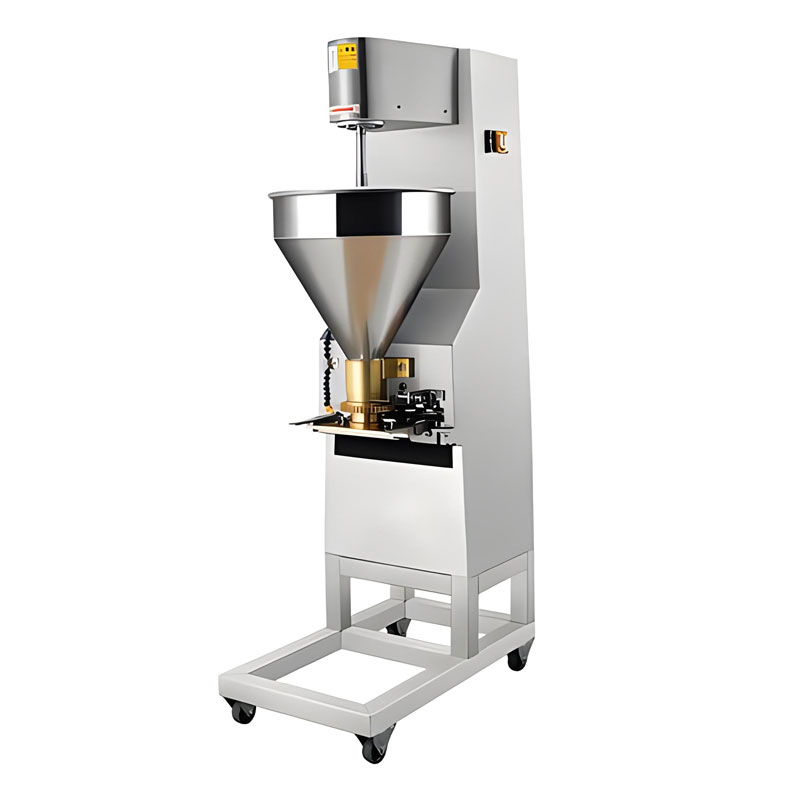
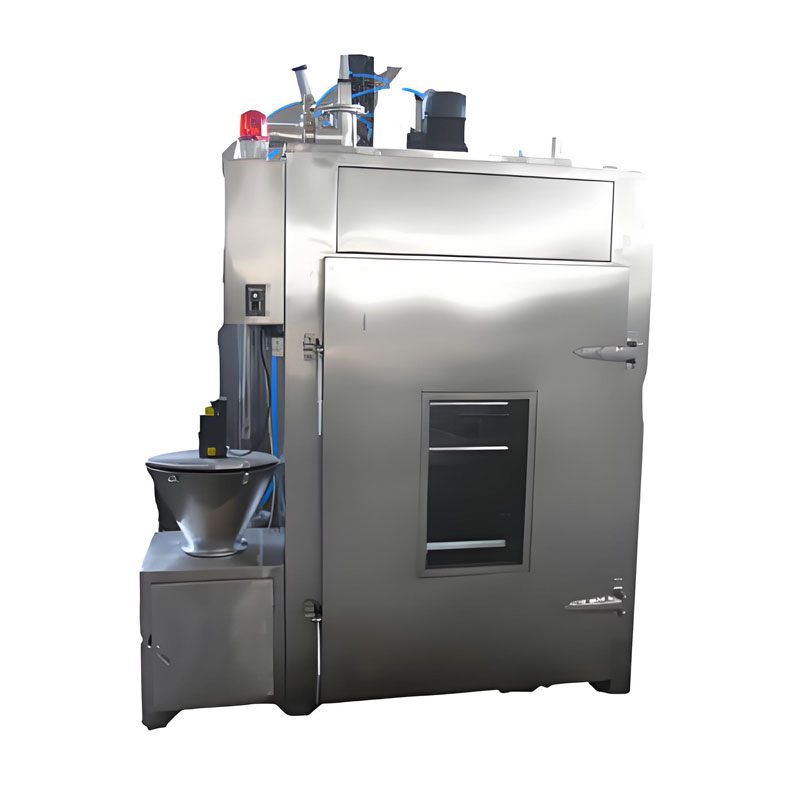
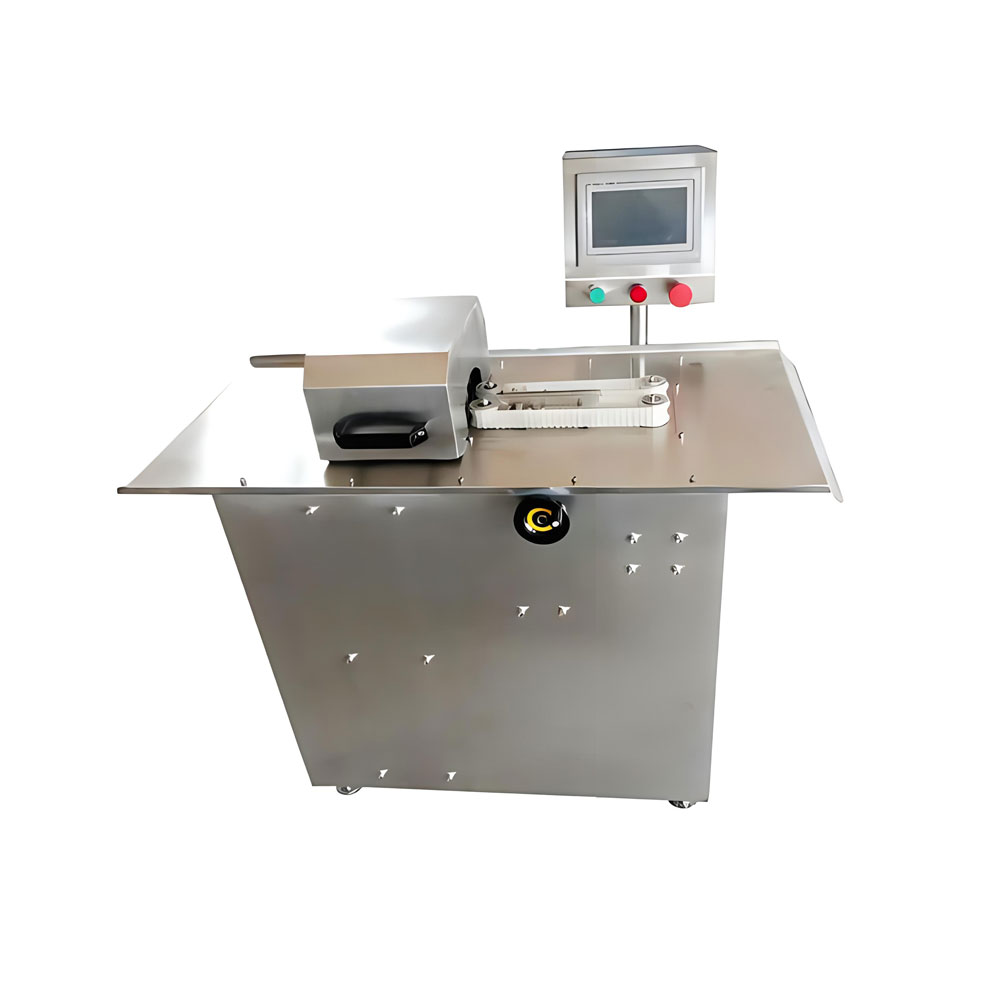
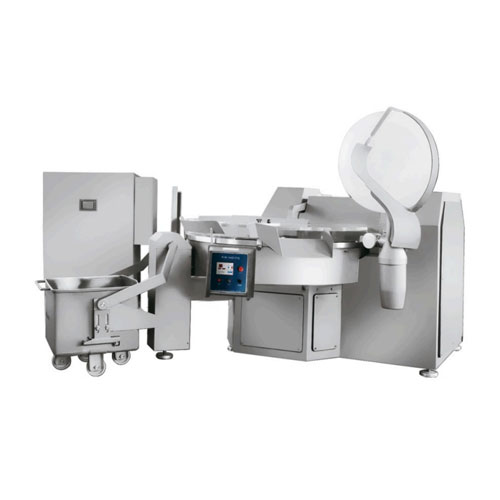
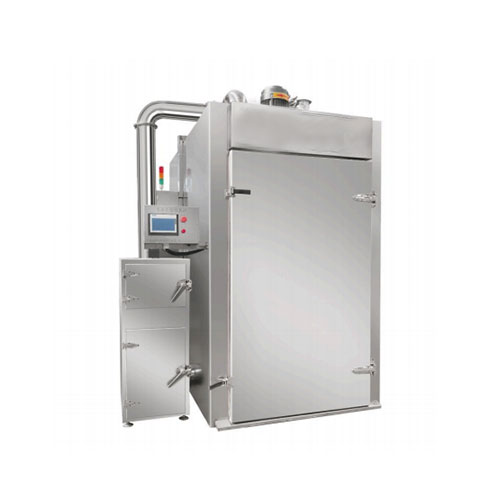
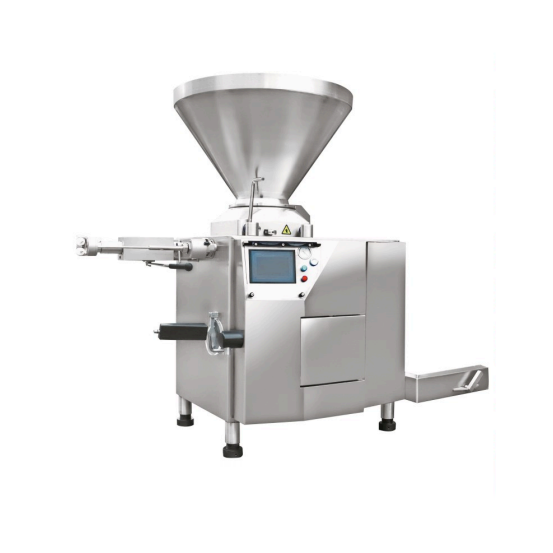
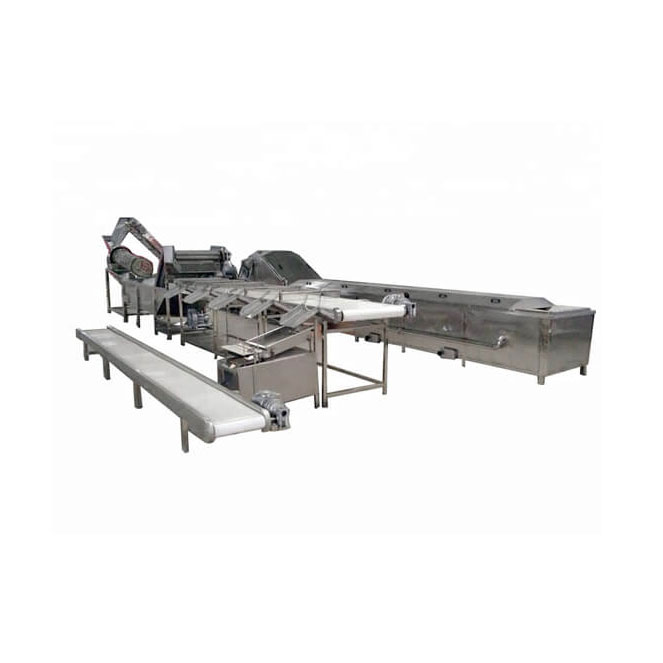
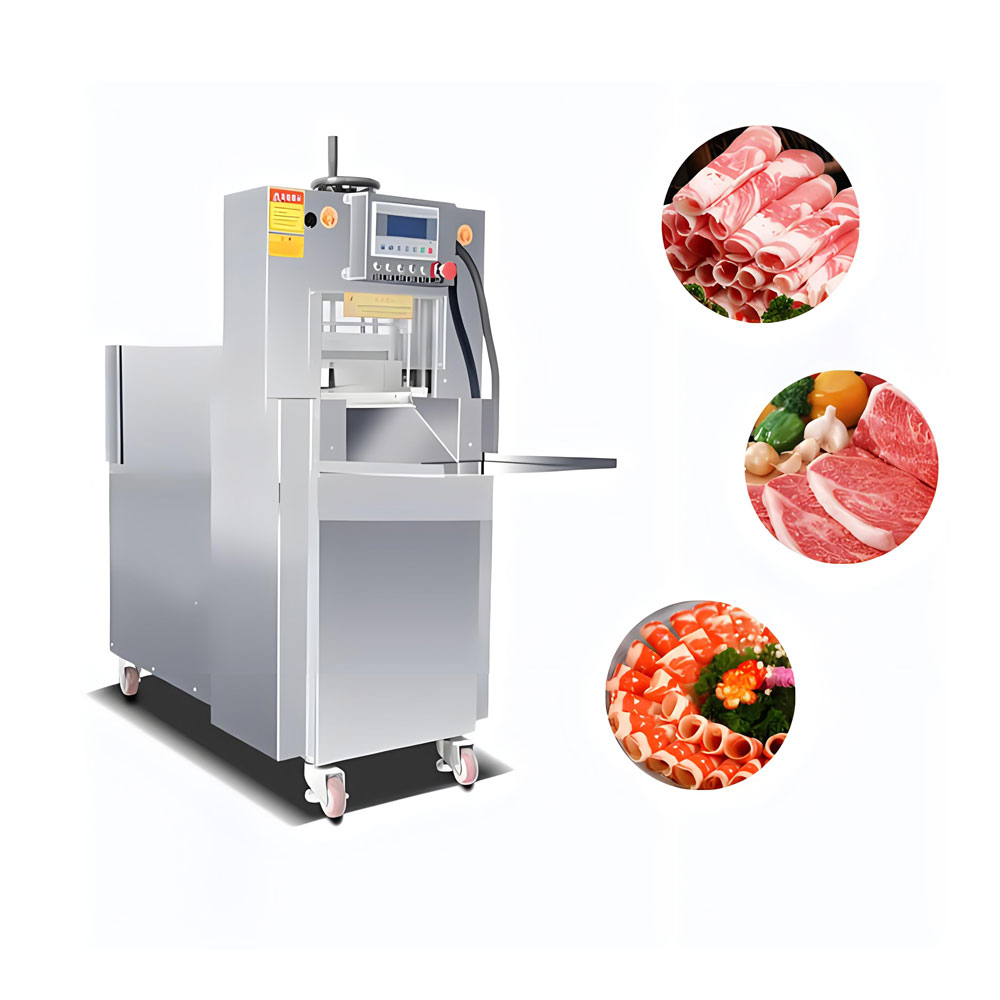
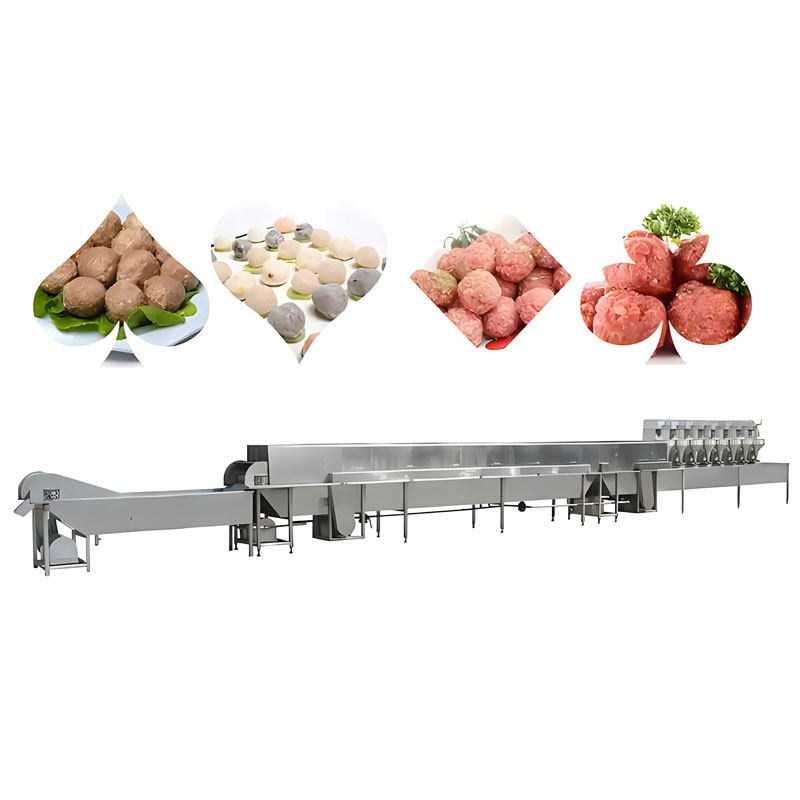
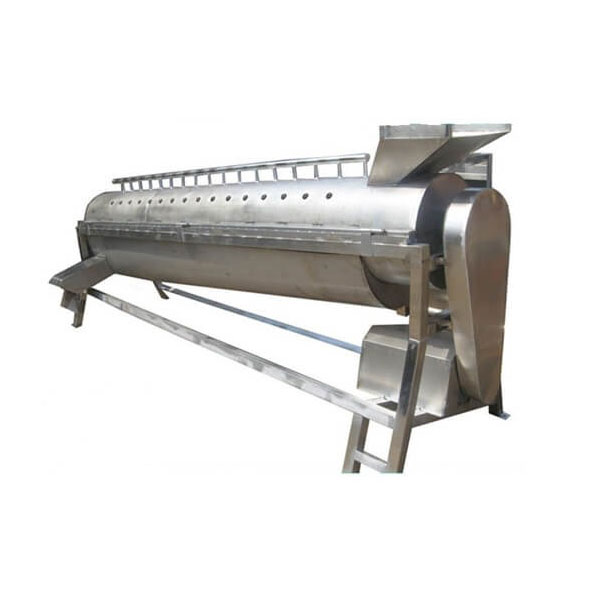
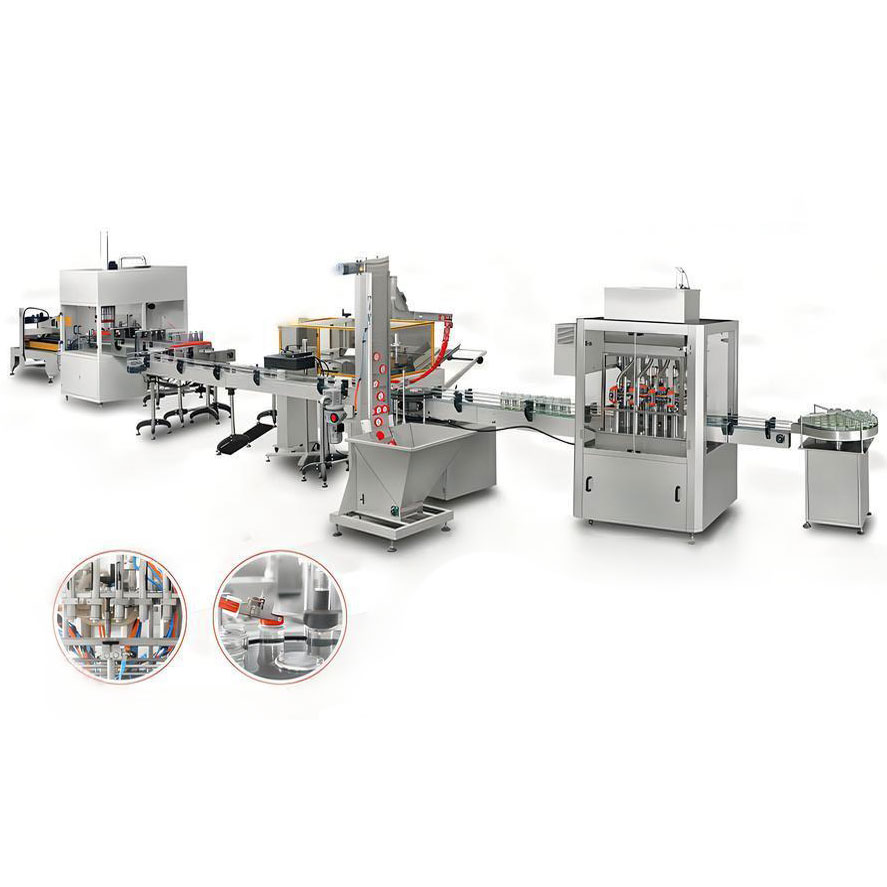 Tomato Paste Production Line
Tomato Paste Production Line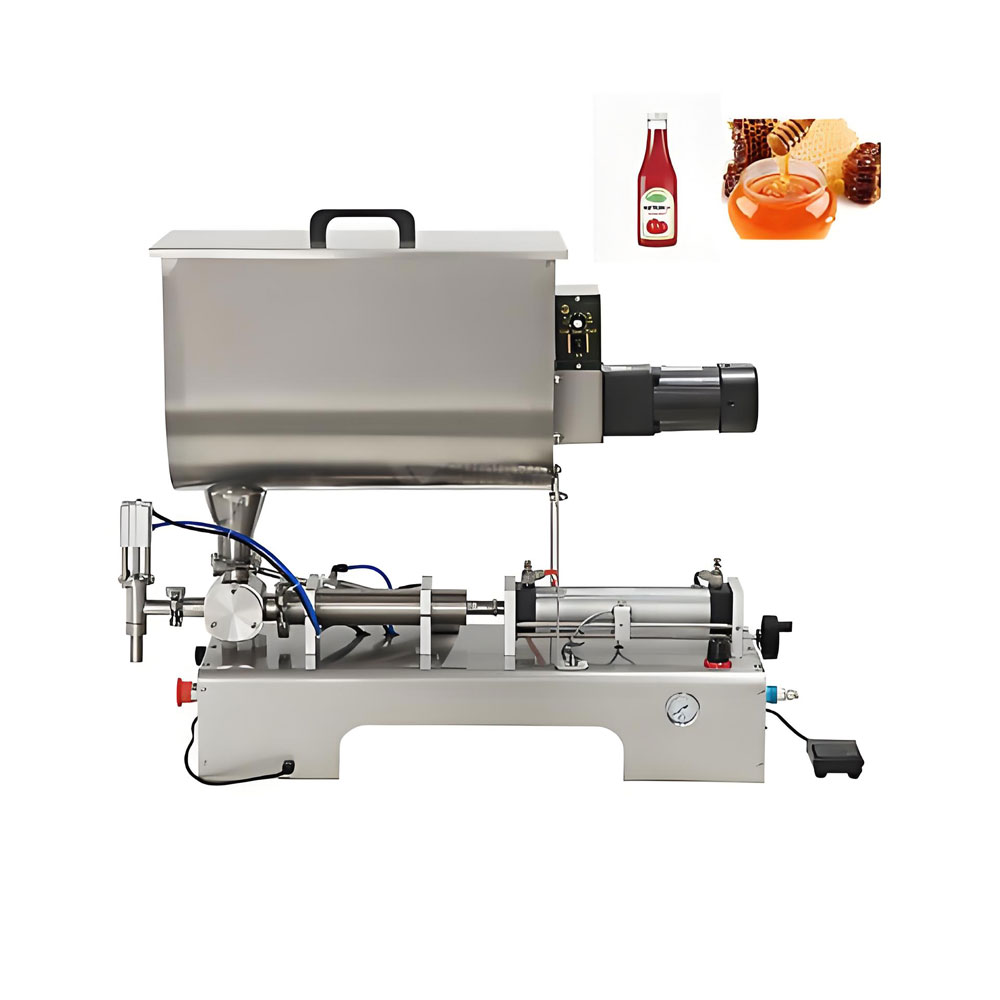 Sauce Filling Machine
Sauce Filling Machine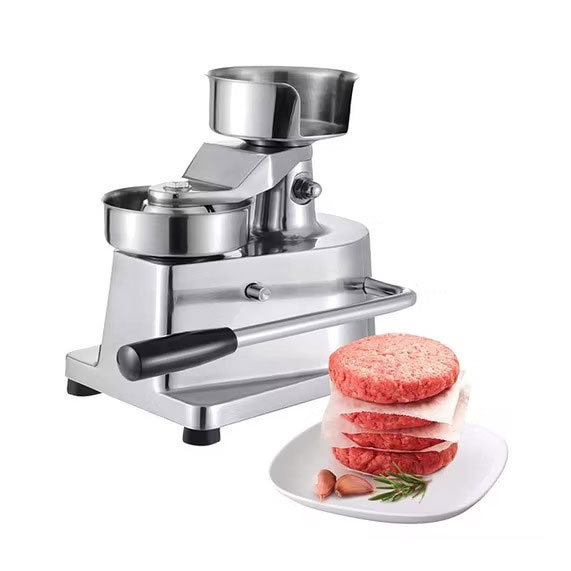 Meat Pie Maker Machine
Meat Pie Maker Machine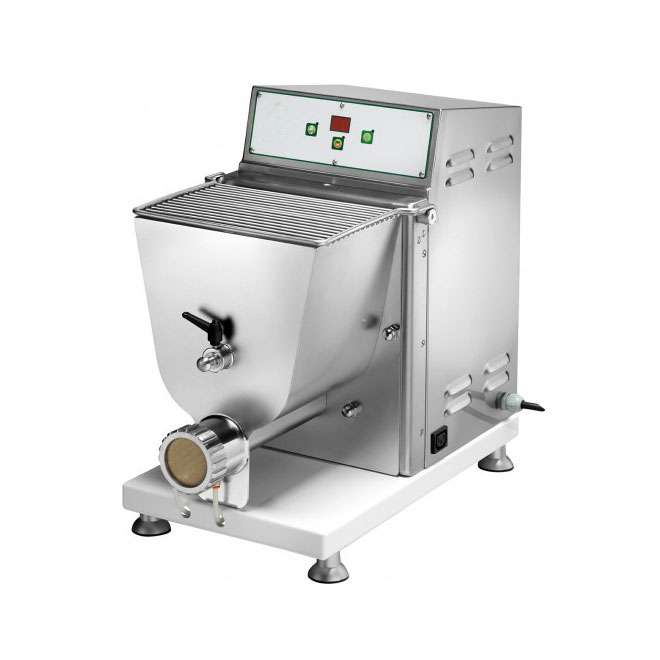 Pasta Machine
Pasta Machine
Ready to Get Started?